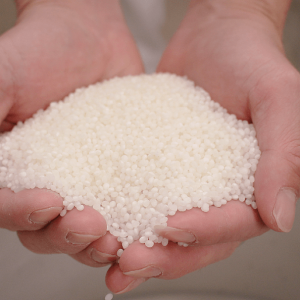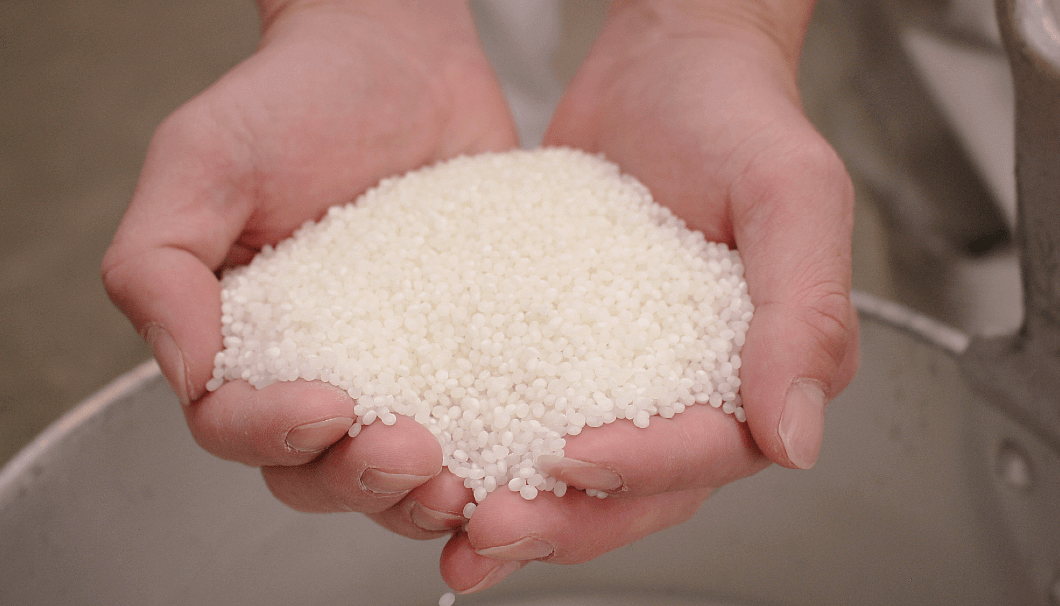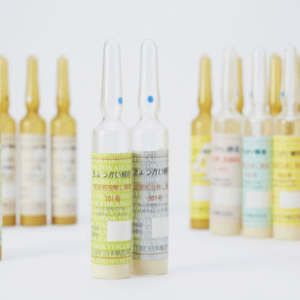
Aiyama (noun)
[eye-yama]
Japanese characters: 愛山 (愛: love, 山: mountain)
What is Aiyama?
Aiyama is a sake rice cultivar with a rich pedigree, partially derived from Yamadanishiki, the most widely used sake rice in Japan, and Omachi, the country’s oldest pure sake rice strain.
It was developed in 1949 at an agricultural research station in Hyogo Prefecture by crossbreeding the Aifune 117 and Yamayu 67 cultivars, the latter being derived from Yamadanishiki and Omachi.
The name Aiyama takes one Japanese kanji character from each of its parents: Ai from Aifune 17 and Yama from Yamayu 67. Aiyama is cultivated exclusively in Hyogo Prefecture, where the strain was first developed.
Characteristics
Aiyama is a large-grained rice, roughly the same weight or heavier than Yamadanishiki. The rice generates more opaque white starch at its core than Yamadanishiki and breaks easily due to its large size. This makes it difficult to polish Aiyama down to ginjo or daiginjo ratios.
Due to its high solubility, Aiyama is prone to producing off-flavors. But this is offset by its rich, rice-like sweetness.
Crisis leads to opportunity
The Aiyama rice plant tends to fall over easily due to its long stalk and large grains. It is in fact so difficult to cultivate that research stations occasionally abandon experiments involving the rice. For this reason, only a handful of farmers grow Aiyama. To put this into context, 34,644 tons of Yamadanishiki were grown in 2019, compared with just 732 tons of Aiyama.
The fact that Aiyama has not disappeared completely is largely thanks to the efforts of Hyogo Prefecture’s Kenbishi Brewery, which safeguards production of the rice through contract farming.
Kenbishi Brewery used to be the only sake maker in Japan using Aiyama rice. But, in 1995 the brewery was damaged in the Great Hanshin Earthquake, leaving them temporarily unable to purchase the rice from their contracted farmers.
At this point, Yamagata Prefecture’s Takagi Brewery, famed for their highly-prized Juyondai label, stepped in and agreed to purchase the rice instead. As a result, the popularity of Aiyama increased and the rice remains in use by breweries throughout Japan.
*If you would like us to send you monthly updates and information, register here.





Comments